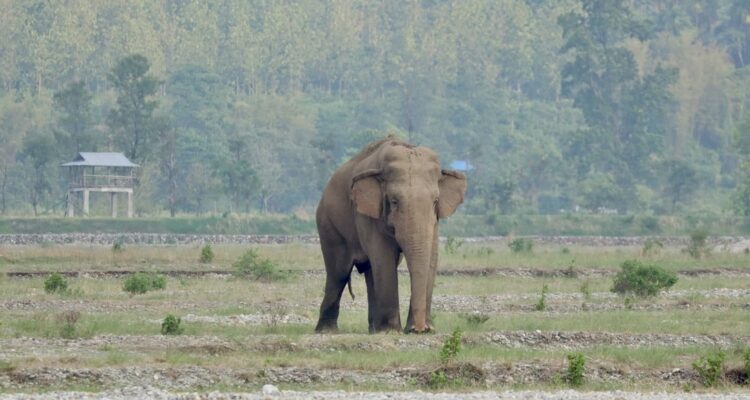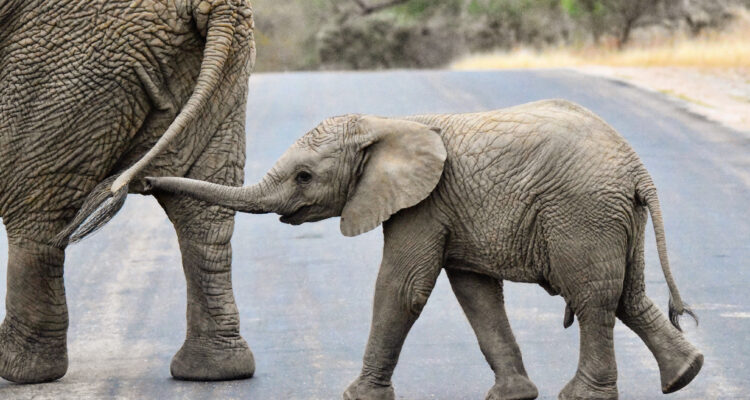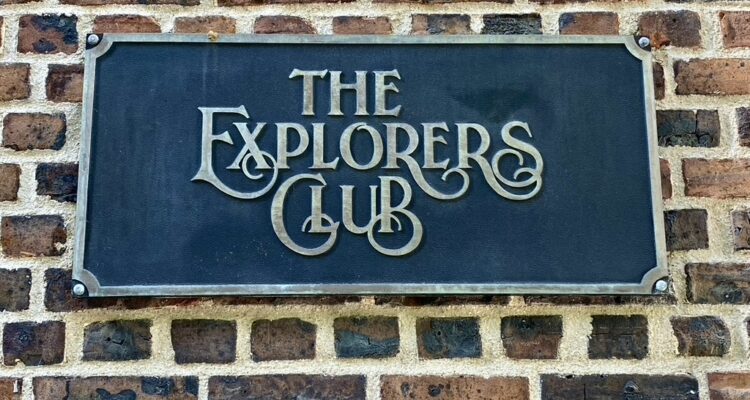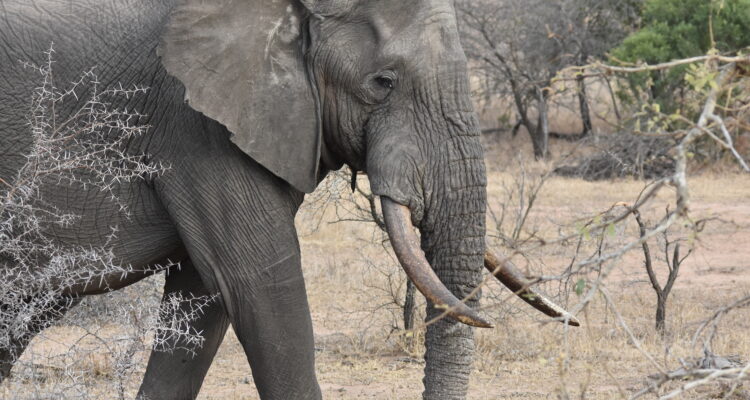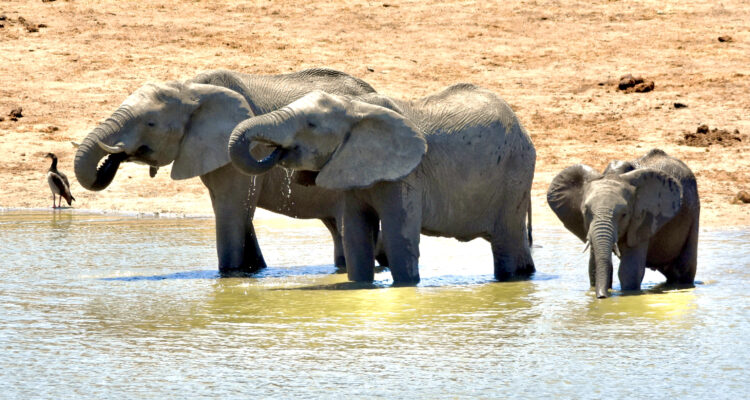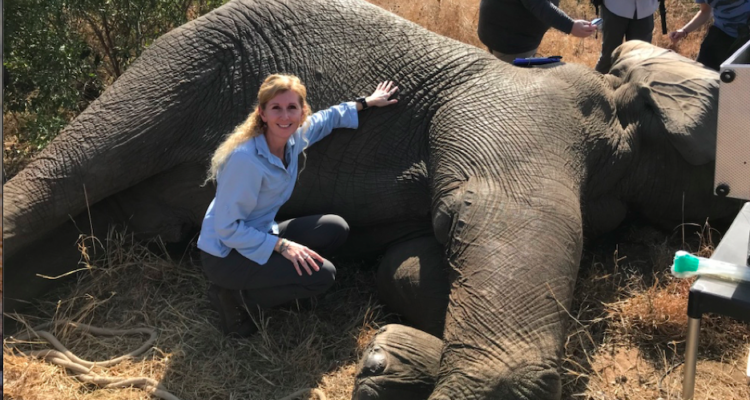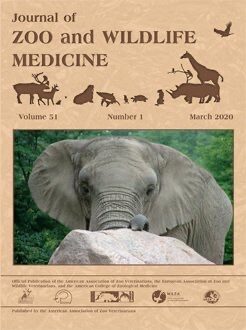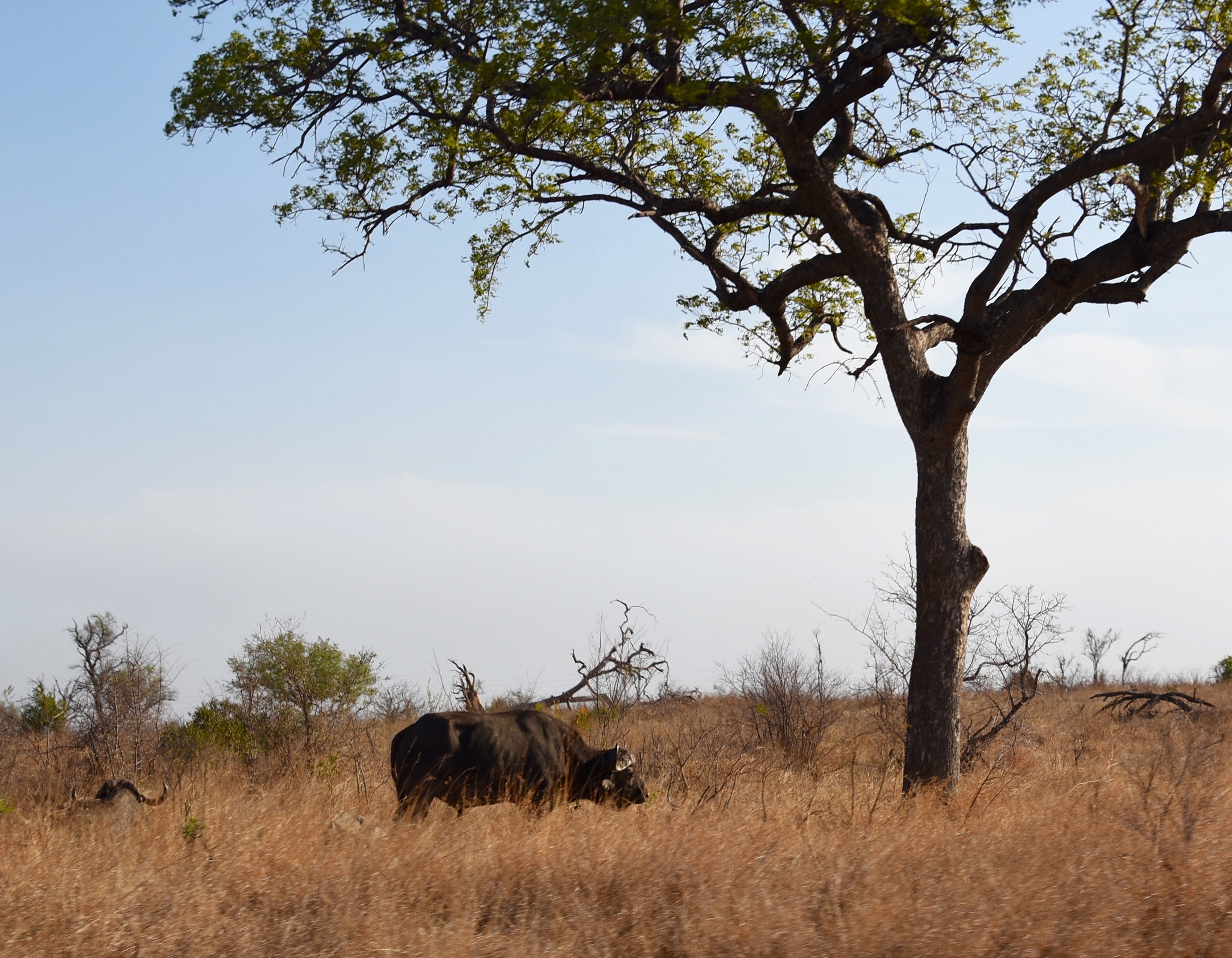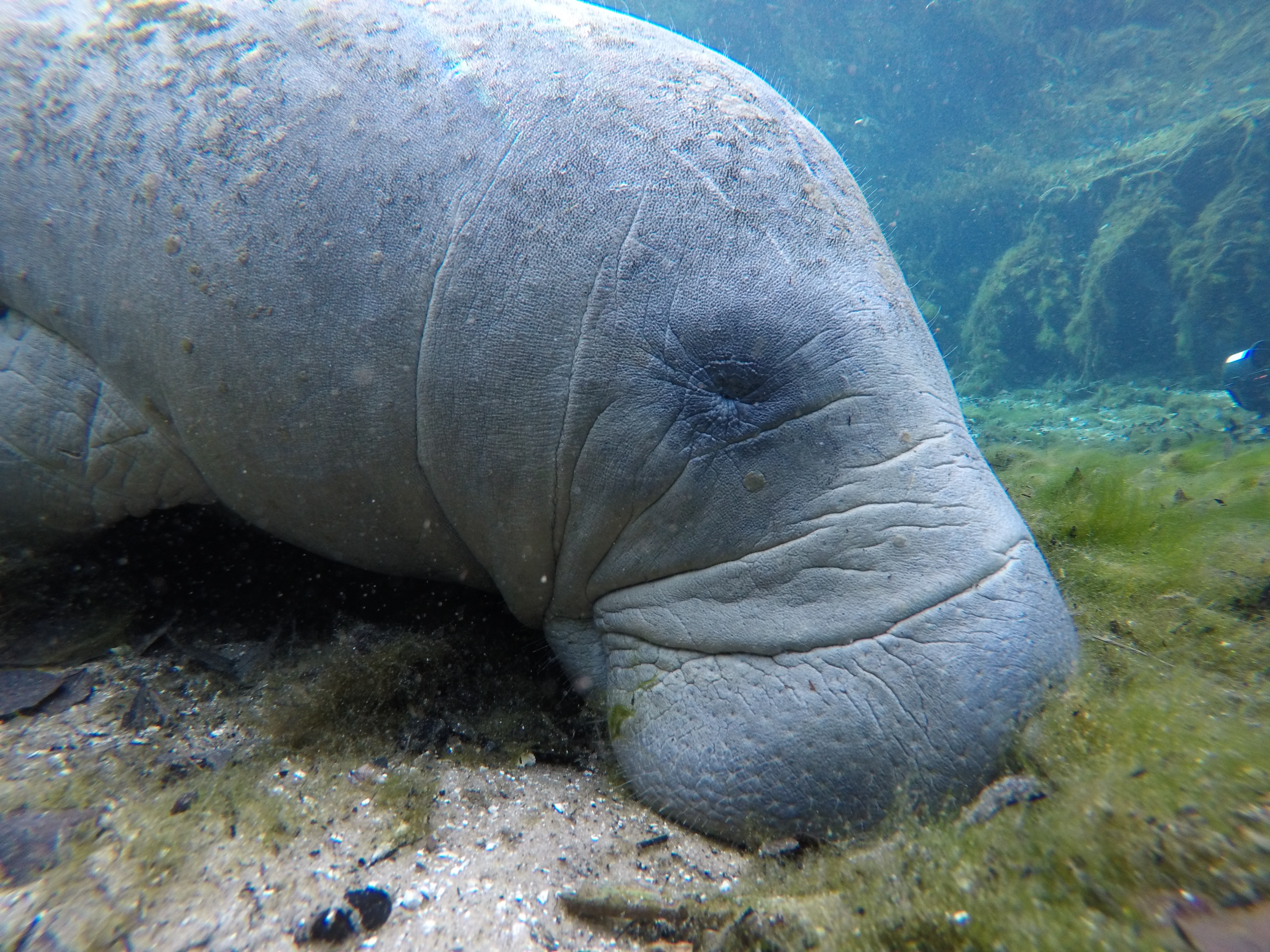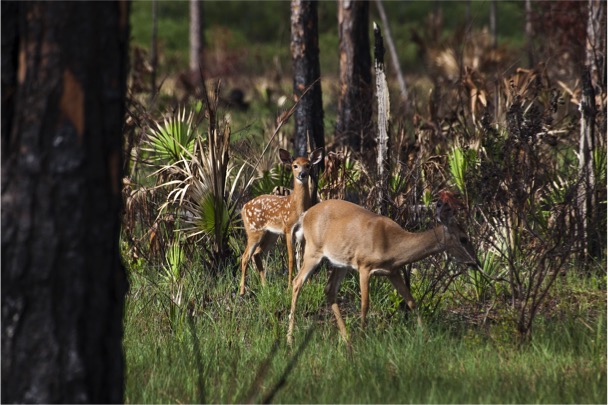Earlier this year, in April, I returned to Nepal to continue my work with Human-elephant conflict (HEC) mitigation. The trip would give me the opportunity to visit field sites considered hot spots for HEC and serve as a proof-of-concept for a much bigger expedition wherein I would travel the entire historic elephant range in the Chure Terai Madesh Landscape (CTML). To get a better understanding of the history and magnitude of HEC, I met with the Director of the International Union for the Conservation of Nature (IUCN) for Nepal, Dr. Narendra Pradesh, in Kathmandu. Narendra explained that since the eradication …
Bahundangi Village, Nepal: A Landscape-level Elephant Conservation Success Story
